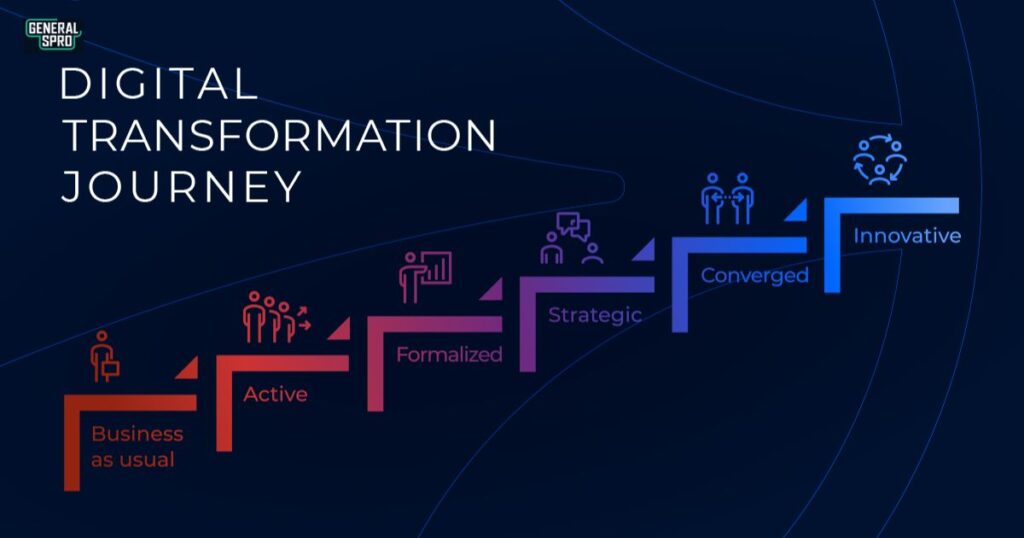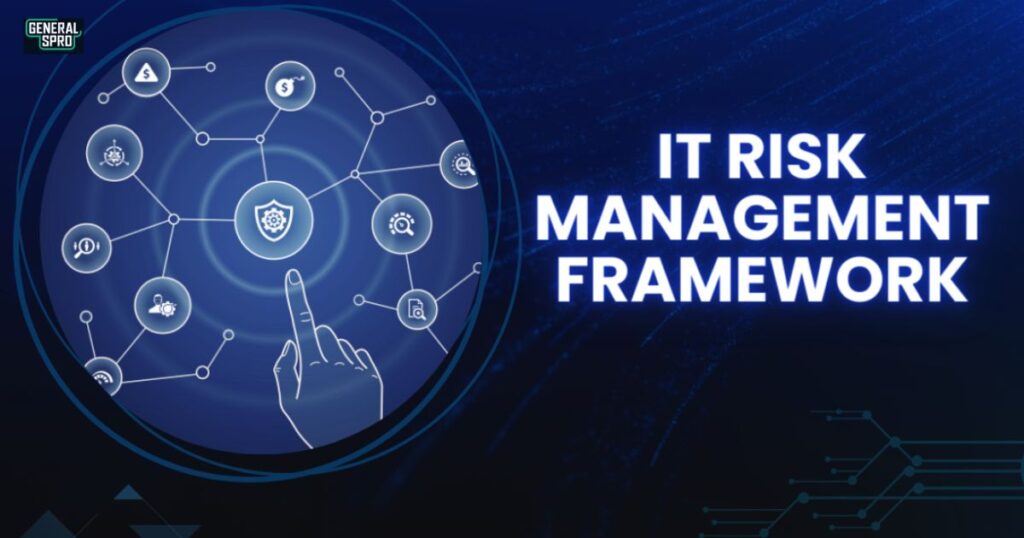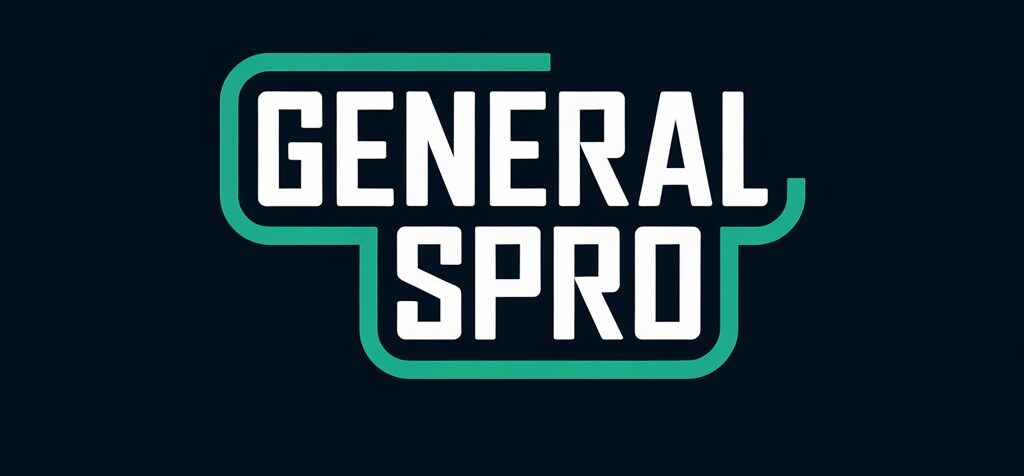The art of making announcements in professional settings requires finesse and adaptability. While “happy to announce” remains a reliable standby, modern business communication demands more nuanced and impactful language choices to effectively engage audiences.
The Evolution of Professional Announcements

Professional communication patterns have shifted significantly in recent years. Research indicates that varying announcement language can increase engagement by up to 47%, while repetitive phrasing often diminishes the impact.
Today’s business environment calls for authentic, context-appropriate language that resonates with specific audiences and situations.
Strategic Alternatives for Professional Announcements
- “We are proud to unveil…” Perfect for significant company milestones or strategic initiatives. Example: “We are proud to unveil our expansion into the Asian market, marking a pivotal moment in our global growth strategy.”
- “It is our distinct pleasure to announce…” Ideal for formal, high-stakes communications. Example: “It is our distinct pleasure to announce our merger with Industry Leader Corp., creating unprecedented value for our stakeholders.”
For Innovation and Product Launches
- “We are thrilled to introduce…” Effective for product launches and innovations. Example: “We are thrilled to introduce CloudSync Pro, our next-generation data management solution.”
- “We are excited to present…” Suitable for showcasing new offerings. Example: “We are excited to present our redesigned customer service platform, enhancing support capabilities across all channels.”
For Partnership and Collaboration News
- “We are delighted to share…” Appropriate for positive partnership news. Example: “We are delighted to share our new collaboration with Tech Innovators Ltd., expanding our research capabilities.”
- “We take great pleasure in announcing…” Ideal for formal partnership declarations. Example: “We take great pleasure in announcing our strategic alliance with Global Solutions Group.”
For Internal Communications and Updates
- “We are pleased to inform…” Perfect for internal updates and policy changes. Example: “We are pleased to inform you of updates to our remote work policy, effective next month.”
- “We would like to share…” Suitable for casual yet professional internal communications. Example: “We would like to share exciting developments in our employee wellness program.”
Guidelines for Selecting Announcement Language
When choosing announcement language, consider the following:
- Message Significance
- Major announcements warrant more formal, weighty phrases
- Routine updates can use lighter, more straightforward language
- Audience Expectations
- External stakeholders often expect more formal communication
- Internal audiences may appreciate more conversational tones
- Corporate Culture
- Traditional industries might prefer conservative phrasing
- Technology and creative sectors can embrace more dynamic language
- Communication Channel
- Social media announcements can be more casual
- Official press releases require formal language
Best Practices for Professional Announcements
- Authenticity: Choose language that reflects your organization’s voice while maintaining professionalism.
- Clarity: Ensure your chosen phrase enhances rather than obscures your message.
- Context Awareness: Match the gravity of your language to the importance of your announcement.
- Consistency: Maintain alignment with your organization’s communication style guide.
Strategic Innovation Management
Strategic innovation management has become a cornerstone of sustainable growth in today’s rapidly evolving business landscape.
Organizations must cultivate a culture that encourages creative thinking and systematically transforms ideas into marketable solutions.
This requires a delicate balance between maintaining operational excellence and pursuing breakthrough innovations that can reshape market dynamics.
Digital Transformation Journey

Digital transformation represents more than technological adoption; it fundamentally reimagines business operations and customer engagement.
Companies must navigate the complex intersection of emerging technologies, changing customer expectations, and evolving market demands.
Success in this journey requires a comprehensive strategy addressing technical infrastructure and organizational change management.
Customer Experience Excellence
The modern customer journey has evolved into a complex web of touchpoints across multiple channels.
Organizations must develop sophisticated approaches to understanding and enhancing customer experiences at every interaction.
This involves leveraging data analytics, implementing personalization strategies, and maintaining consistency across all customer engagement platforms.
Sustainable Business Practices
Sustainability has transcended its traditional environmental focus to encompass broader business responsibilities.
Companies must now integrate sustainable practices into their core operations, from supply chain management to product development. This holistic approach addresses environmental concerns and ensures long-term business viability and stakeholder value creation.
Talent Development and Retention
The contemporary workforce demands more than competitive compensation; they seek meaningful work, growth opportunities, and work-life balance.
Organizations must develop comprehensive talent management strategies that address these evolving expectations while building the capabilities needed for future success.
This includes creating personalized development paths and fostering an inclusive workplace culture.
Market Expansion Strategies
Expanding into new markets requires careful consideration of multiple factors, from cultural nuances to regulatory requirements.
Success depends on developing adaptable business models that respond to local market conditions while maintaining brand consistency.
Companies must balance standardization with localization to achieve sustainable growth in diverse markets.
Operational Excellence
Achieving and maintaining operational excellence requires continuous process, system, and capability improvement.
Organizations must eliminate inefficiencies, optimize resource allocation, and implement robust quality management systems.
This systematic approach enables sustainable performance improvements and competitive advantage.
Risk Management Framework

Comprehensive risk management has become essential for organizational resilience in an increasingly complex business environment.
Companies must develop sophisticated frameworks that identify, assess, and mitigate various risks, from cybersecurity threats to supply chain disruptions.
This proactive approach helps ensure business continuity and stakeholder confidence.
Financial Performance Optimization
Optimizing financial performance requires a balanced approach to revenue growth, cost management, and capital allocation.
Organizations must develop sophisticated financial strategies supporting short-term performance and long-term value creation.
This includes implementing robust financial planning and analysis capabilities while maintaining fiscal discipline.
Technology Infrastructure Development
Building and maintaining a robust technology infrastructure is crucial for modern business operations.
Organizations must carefully plan and implement technology solutions that support current needs while providing flexibility for future growth.
This includes considerations for enterprise scalability, security, and integration capabilities.
Strategic Partnership Management
Successful partnerships require more than formal agreements; they demand active management and mutual value creation.
Organizations must develop frameworks for identifying, evaluating, and nurturing strategic partnerships that enhance their competitive position.
This includes establishing clear governance structures and performance metrics for partnership success.
Product Innovation Pipeline
Maintaining a healthy product innovation pipeline is essential for sustained market relevance.
Organizations must implement systematic approaches to idea generation, evaluation, and development.
This includes creating stage-gate processes that balance risk management with the need for speed to market.
Brand Value Enhancement
Building and maintaining brand value requires consistent effort across all customer touchpoints.
Organizations must develop comprehensive brand management strategies that align with their business objectives while resonating with target audiences. This includes maintaining brand consistency while adapting to evolving market conditions.
Knowledge Management Systems

Effective knowledge management has become a critical source of competitive advantage. Organizations must develop systems and processes that capture, share, and leverage collective knowledge and expertise.
This includes implementing technologies and practices that facilitate knowledge transfer and collaborative innovation.
Change Management Excellence
Successfully implementing organizational change requires a structured approach that addresses technical and human aspects.
Companies must develop change management capabilities that enable smooth transitions while maintaining operational effectiveness.
This includes creating communication strategies that build understanding and support for change initiatives.
FAQ’s
What’s your typical project turnaround time?
Our standard projects are completed within 5-7 business days, though complex projects may require 10-14 days for optimal results and quality assurance.
Do you offer refunds for your services?
We provide full refunds within 30 days of purchase if you’re unsatisfied with our services, provided you submit a detailed explanation of your concerns.
How do you ensure data security?
We employ enterprise-grade encryption protocols and maintain strict access controls, with regular security audits conducted by third-party cybersecurity firms.
Can I customize my subscription plan?
All subscription plans can be tailored to your specific needs, including adjusting user limits, storage capacity, and feature access.
What payment methods do you accept?
We accept all major credit cards, PayPal, bank transfers, and corporate purchase orders for enterprise clients with established relationships.
How often do you release product updates?
Major updates are released quarterly, while minor improvements and security patches are implemented monthly through automatic updates.
What kind of customer support do you provide?
We offer 24/7 email support for all clients, with premium phone and live chat support available for business and enterprise subscribers.
Do you provide training for new users?
We offer comprehensive onboarding sessions, including live training webinars and access to our extensive video tutorial library.
Conclusion
The key to effective professional announcements is selecting language that appropriately conveys the message’s importance and your organization’s character.
By thoughtfully choosing alternatives to “happy to announce,” you can create more engaging and impactful communications that resonate with your audience while maintaining professional standards.








